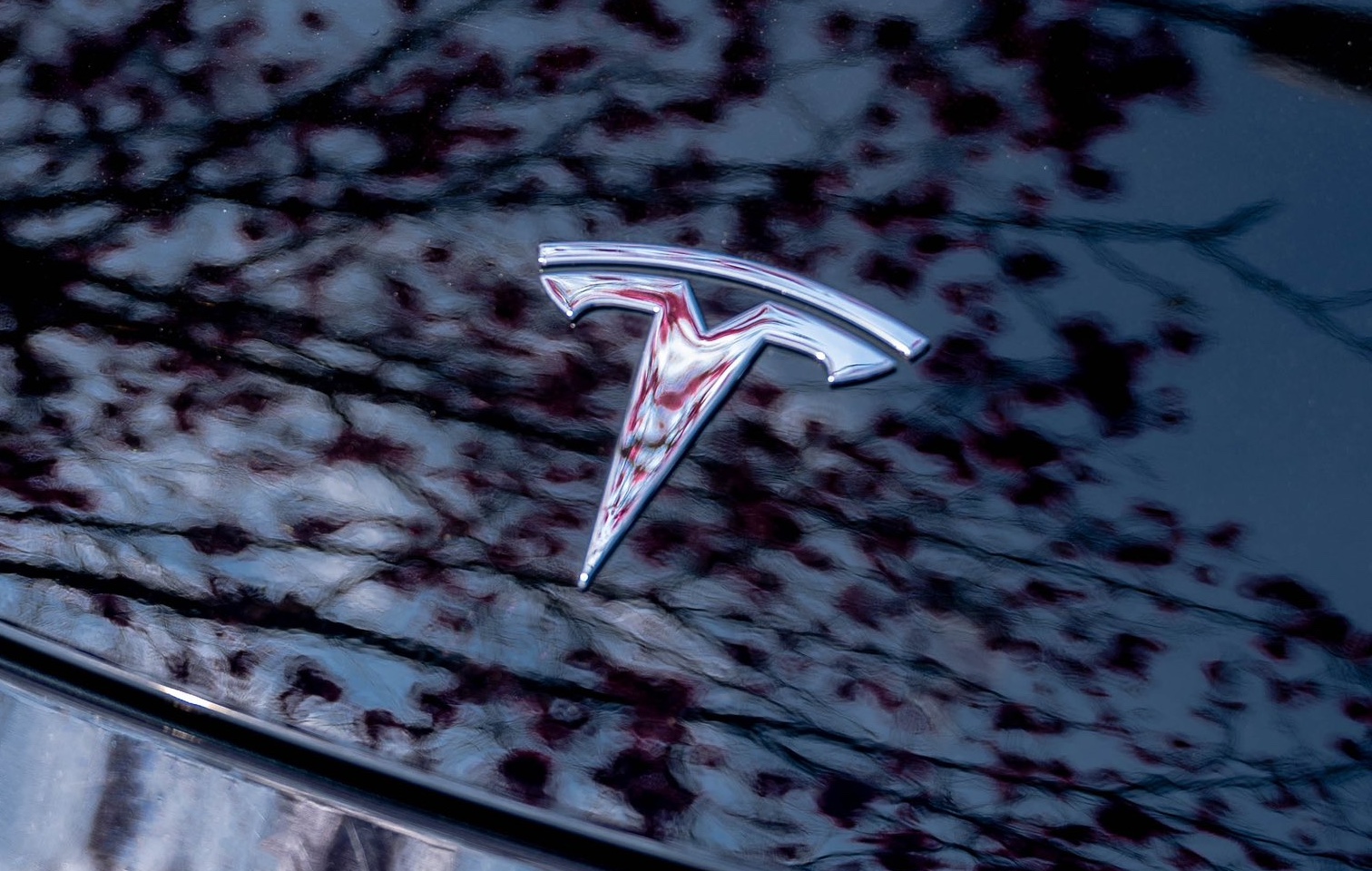Tesla stacked emissions credits in 2023, while others posted deficits

Yesterday at 02:03 PM
Tesla stacked greenhouse gas emission credits in the 2023 model year through the sale of its electric vehicles (EVs), while multiple other automakers struggled, posting substantial deficits from tightened emissions regulations.
In 2023, Tesla gained almost 34 million metric tons of greenhouse gas emissions credits, as detailed in a report from the Environmental Protection Agency (EPA) seen by Reuters. The EPA also reported that new vehicle fuel economy increased by 1.1 mile per gallon in 2023 to reach a record of 27.1 mpg, while it expects the figure to rise to 28 mpg in 2024. In 2022, the fuel economy figure landed at about 26 mpg.
Each carbon offset credit, or emissions credit, equates to one metric ton of greenhouse gas emissions, rewarding companies for building electric vehicles (EVs) with no tailpipe emissions, and charging automakers that produce more emissions than the EPA’s guidelines call for.
Across the industry in 2023, automakers generated roughly 11 million metric tons of greenhouse gas emissions, as led by General Motors (GM) with a credits deficit of 17.8 million metric tons. GM bought roughly 44 million credits in 2023, while automakers excluding Tesla saw an overall emissions deficit of 43.5 million credits, compared to the industry as a whole generating 3 million credits in 2022. Tesla sold around 34 million emissions credits to lead the industry, and corresponding with its sale of credits.
According to the EPA, the industry still has a surplus of 123 million metric tons of the regulatory credits for meeting future requirements. Automakers have also pushed back on the emissions mandates in the past, and especially ahead of tightened standards between the 2024 and 2026 model years.
The news also follows a fee of $145.8 million charged to GM in July, after an investigation from the EPA required the automaker to relinquish almost 50 million metric tons of carbon allowances claimed for years between 2012 and 2018 model-year vehicles. The investigation found that GM produced roughly 10 percent more carbon emissions than it previously indicated in its compliance reports, across roughly 5.9 million vehicles.
In March, the EPA set forth new regulations for emissions cuts that lowered the required amount of reductions, now mandating that automakers must cut emissions by 49 percent by 2032 from 2026 levels, as cut from the original mandate of 56 percent.
Of the legacy automakers, multinational Dodge-Chrysler parent company Stellantis registered the lowest fuel economy, as followed by GM and Ford in second and third. Tesla was found to be the most efficient, while Kia and Hyundai followed.
The incoming Trump administration is also widely expected to roll back the tightened fuel-efficiency regulations, along with doing away with the $7,500 EV tax credit and other climate initiatives contained in Biden’s sweeping Inflation Reduction Act (IRA).
What are your thoughts? Let me know at zach@teslarati.com, find me on X at @zacharyvisconti, or send us tips at tips@teslarati.com.
SEC removes emissions requirements from climate rules draft
The post Tesla stacked emissions credits in 2023, while others posted deficits appeared first on TESLARATI.


